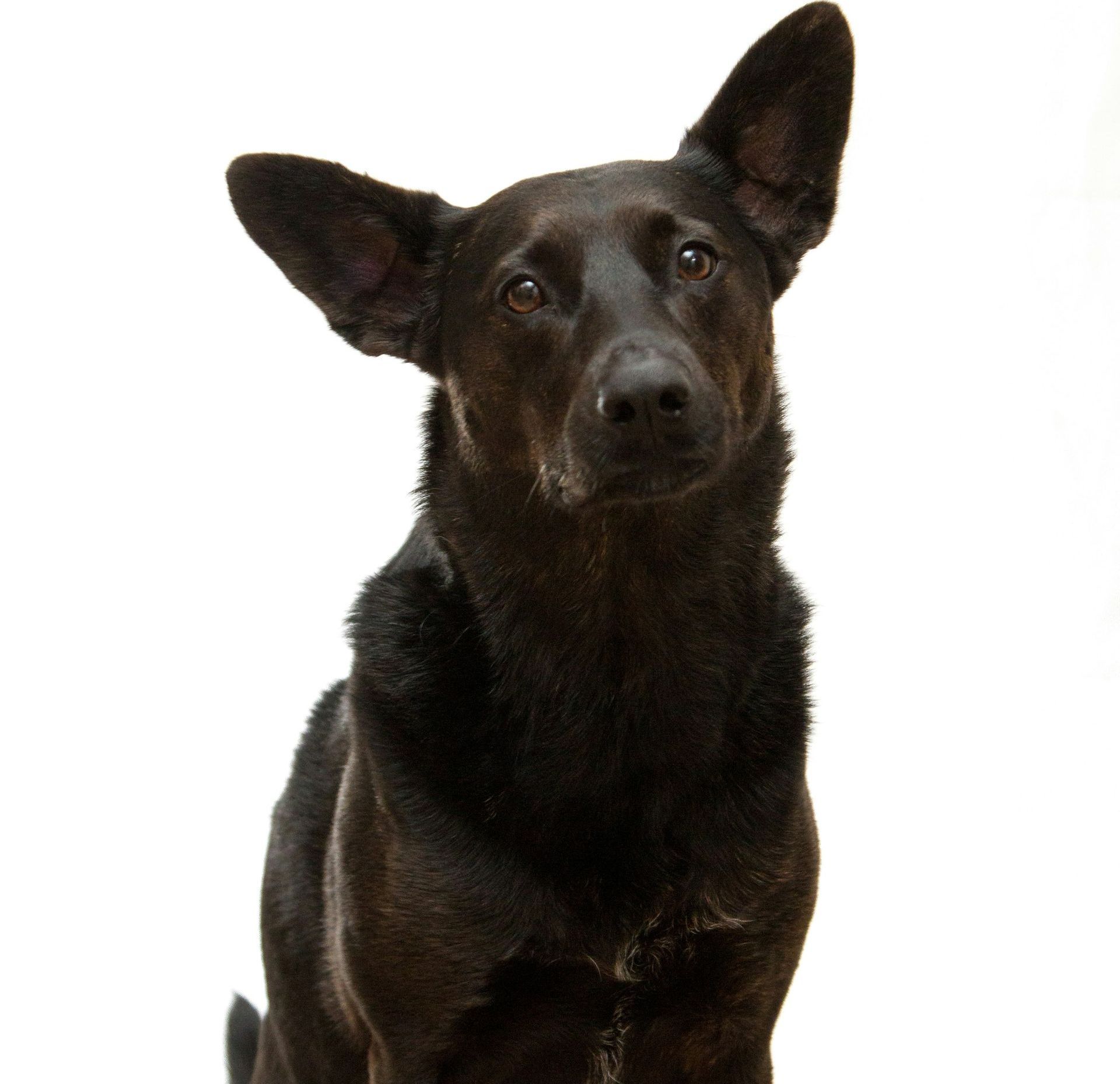Kate's Dog School Blog
Kate Stallworthy | 2025
Aggression Vs Reactivity
As a professional dog trainer, I’ve often encountered dog owners who are concerned about their pets displaying what they perceive as 'aggressive' behaviour. Whether it’s barking, lunging, growling or even biting, these behaviours can be alarming. However, it's essential to understand that what might appear as aggression is often something quite different: reactivity. The distinction is crucial because it informs how we address and manage these behaviours in a compassionate and effective way.
Reactivity basics: Reactivity in dogs is generally characterised by an overreaction to specific stimuli, such as other dogs or people. This can manifest as barking, lunging or growling. While these behaviours can look similar to aggression, they usually stem from a dog’s anxiety, excitement or frustration rather than a genuine desire to cause harm. On the other hand, true aggression in dogs involves intent to harm, but it’s vital to note that this is rare and often misunderstood.
A fear response: The idea that aggression is primarily driven by a fear response might seem counterintuitive, but it’s a reality for most dogs. When a dog feels threatened or overwhelmed, they may resort to what we interpret as aggressive behaviour to protect themselves. This is especially common in dogs with past trauma or those who haven’t been adequately socialised. The growl or snap isn’t about dominance or a desire to attack, but rather a way for the dog to communicate discomfort and ask for space.
Triggers and thresholds: Understanding a dog’s triggers is key to differentiating between reactivity and aggression. Triggers are specific stimuli that provoke a reaction, while a dog’s threshold is the point at which they can no longer remain calm and we see a fight or flight response. A reactive dog might bark and lunge when another dog approaches because their threshold for feeling safe has been crossed. If we work to identify these triggers and manage them properly, we can often reduce the behaviour.
Managing and modifying behaviours: When dealing with reactive behaviour, the goal isn’t to suppress the dog’s response, but to address the underlying cause. Understanding body language as well as techniques such as desensitisation and counter-conditioning are vital. Desensitisation involves gradually exposing the dog to their trigger at a level they can handle, while counter-conditioning pairs the trigger with something positive, like treats to change the dog’s emotional response.
An informed approach
In most cases, what we interpret as aggression in dogs is actually a complex mix of fear, anxiety and insecurity. By approaching these behaviours with empathy and understanding, we can better address the root cause and help our dogs feel safe and confident. Rather than labelling a dog as aggressive, let’s focus on what they’re trying to communicate and how we can support them through positive reinforcement and thoughtful training.
Understanding the difference between aggression and reactivity isn’t just about semantics; it’s about ensuring that we respond to our dogs in a way that respects their feelings and promotes their well-being. As a trained reactivity specialist, I want to promote that a well-informed approach benefits both the dog and the owner, leading to a happier and more harmonious relationship.

Book your free consultation today to discuss your dog's reactivity
Follow me
@katesdogschool
OPENING HOURS
- Mon - Fri
- -
- Saturday
- -
- Sunday
- Appointment Only




































































































